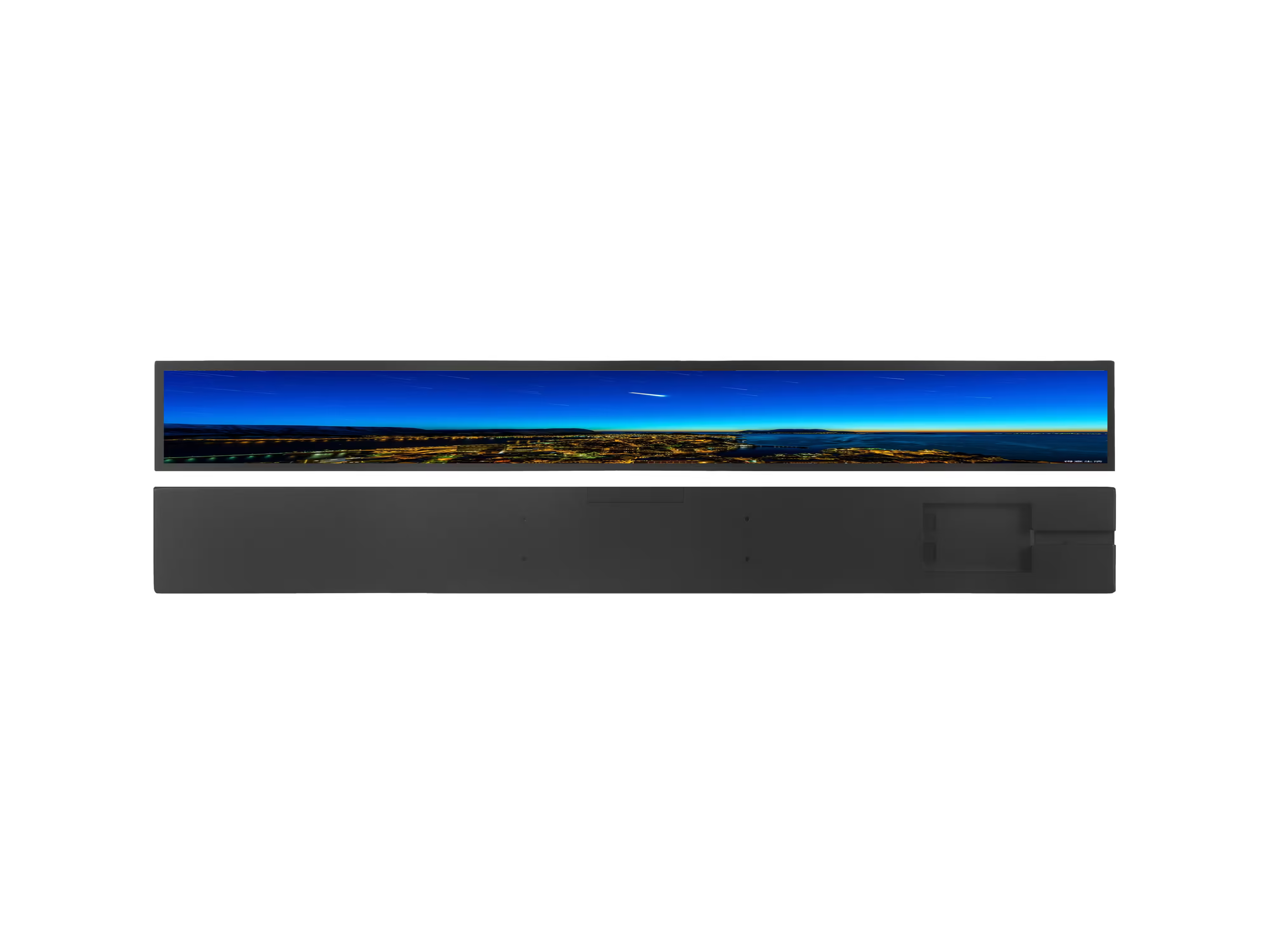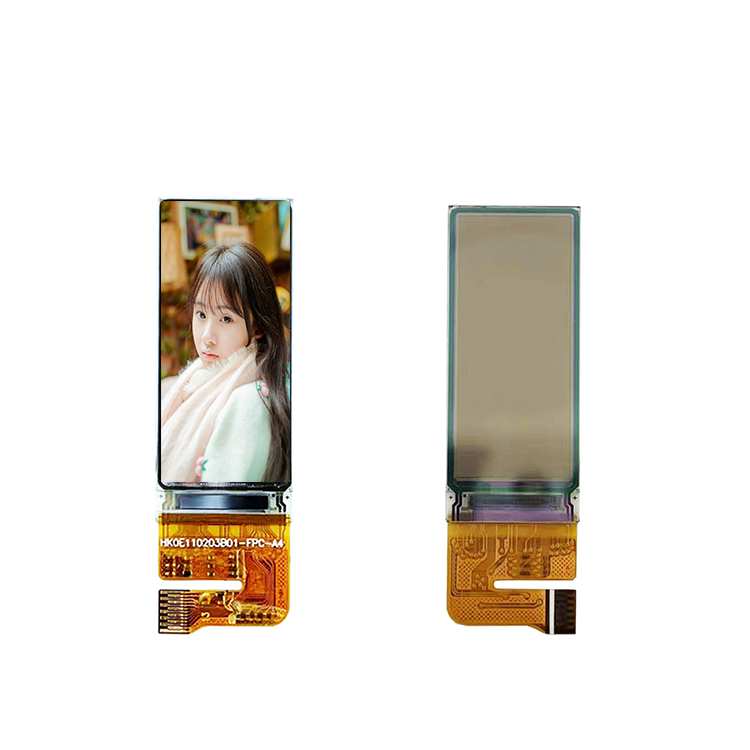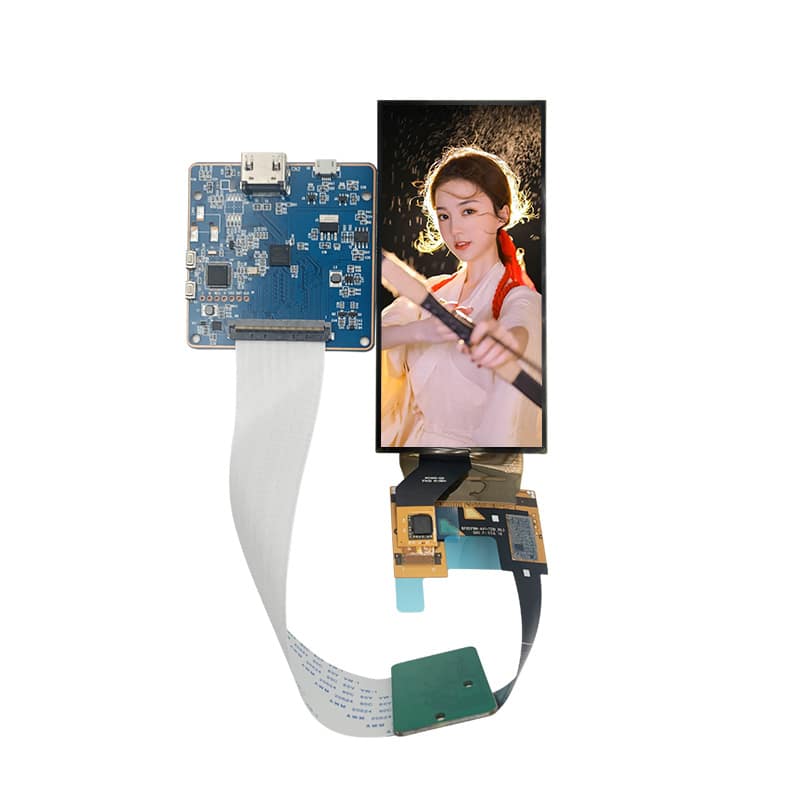In the realm of embedded computing and DIY electronics, the Raspberry Pi has emerged as a versatile platform that democratizes access to affordable and powerful computing. Among the myriad of add-ons and accessories available for this tiny powerhouse, the 3.5 inch TFT display stands out as a game-changer, enabling users to create interactive interfaces and build projects with an enhanced visual appeal. One brand that has gained recognition in this space is Chancedisplay, offering high-quality displays that seamlessly integrate with the Raspberry Pi. In this article, we will delve into the world of 3.5 inch TFT Raspberry Pi, discussing the benefits, installation process, and showcasing Chancedisplay’s offerings.
Firstly, let’s define what a 3.5 inch TFT (Thin Film Transistor) display is. These displays are LCD (Liquid Crystal Display) panels with a built-in touch interface, providing both text and graphical output. The ‘3.5 inches’ refers to the diagonal measurement of the screen, making it a popular choice for Raspberry Pi projects due to its compact size and readability. The TFT technology offers excellent color reproduction, wide viewing angles, and energy efficiency, making it an ideal companion for the Raspberry Pi’s low-power requirements.
Now, let’s discuss why using a 3.5 inch TFT display with your Raspberry Pi is advantageous. One significant benefit is the improved user experience. By adding a graphical interface, you can create custom dashboards, control systems, or even develop applications that would otherwise be limited to command-line interactions. This visual upgrade enhances the overall functionality and aesthetic appeal of your project.
Another advantage is the ease of setup and configuration. Many 3.5 inch TFT displays come pre-configured with drivers and libraries that are compatible with the Raspberry Pi’s operating systems, such as Raspbian. This means that you can often get up and running with minimal coding or configuration, allowing you to focus on the core functionality of your project.
CHANCEDISPLAY, a reputable brand in the Raspberry Pi community, offers a range of 3.5 inch TFT displays designed specifically for the platform. Their displays boast high-resolution screens, vibrant colors, and responsive touch capabilities. One standout model from Chancedisplay is the CH35188-TF-3V3, which features a 320×240 pixel resolution and supports both 5V and 3.3V power input, catering to different Raspberry Pi models. The display also includes a capacitive touch panel, allowing for precise and intuitive control.
Installing a 3.5 inch TFT display on your Raspberry Pi is a straightforward process, usually involving a few hardware connections and software configurations. Here’s a step-by-step guide:
1. **Hardware Setup**: First, ensure that your Raspberry Pi has a micro-USB power supply and a HDMI port for video output. Connect the display to the Raspberry Pi using the provided ribbon cable, which usually connects the display’s LVDS (Low-Voltage Differential Signaling) pins to the GPIO (General-Purpose Input/Output) pins.

2. **Power and Display Configuration**: Depending on your display, you might need to configure the power pins. For Chancedisplay’s displays, connect the VCC pin to the Raspberry Pi’s 5V or 3.3V rail, and ground the GND pin. The CS (Chip Select) and RES (Reset) pins may also require wiring, following the display’s datasheet instructions.
3. **Software Installation**: Install the necessary drivers and libraries. On Raspbian, use the `sudo apt-get install python-rpi.gpio` command to enable GPIO access. Then, install the appropriate display library, such as `python-rpi-tft` or `python-gpiozero`, depending on your display type.
4. **Configuration and Testing**: Once the drivers are installed, you can test your display by running sample scripts or configuring the display settings through Python code. Chancedisplay provides detailed documentation and tutorials on their website to help you through this process.
5. **Touchscreen Integration**: If your display has a touch interface, you’ll need to enable touch support and calibrate the touch coordinates. Chancedisplay’s displays often come with pre-calibrated touch drivers, but minor adjustments may still be required.

In conclusion, the 3.5 inch TFT Raspberry Pi offers a significant boost in project capabilities and aesthetics. With brands like CHANCEDISPLAY providing reliable and high-quality displays, integrating a touchscreen into your Raspberry Pi projects has never been easier. Whether you’re a beginner or an experienced hacker, the addition of a 3.5 inch TFT display opens up new possibilities for creating interactive interfaces, home automation systems, or even IoT devices. So, don’t hesitate to embrace the power of visual computing and take your Raspberry Pi projects to the next level with a CHANCEDISPLAY 3.5 inch TFT display.



